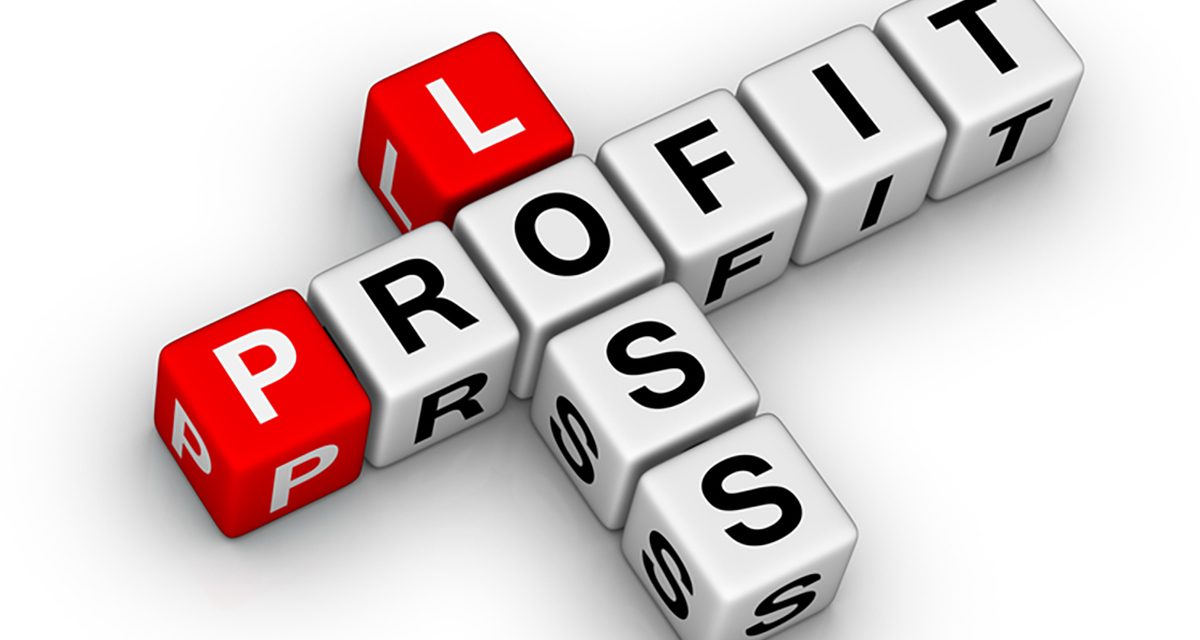5 Essential Business Tools for predictability, strategy, consistency and sanity!
Someone once told me you have to get half a dozen things working efficiently in your business to create consistency and profitability.
I’ve found that there are 5 key functions that I monitor in my business that keep me in the black.
Over the next 5 issues, we will be looking at 5 different business functions which if properly managed, will ensure a smooth running of your business.
Once set up, they don’t take long to manage. The 1st year is hard because you have a new function to implement on top of a stacked out workload.
The 2nd year you have the first year’s results to compare, which makes things more interesting to measure.
Years 3 & 4 give you a feeling of control and consistency, awareness develops, and strategy becomes logical.
You may think, “I’m not big enough to put this structure into place yet” – That’s the perfect time to do it, once you get some traction in your business, you’ll be way too busy to put this structure into place.
“The best time to plant a tree is 100 years ago. The second best time is NOW!”
The quicker you get started, the sooner these results will be meaningful and help build your business strategy.
- Profit & Loss
There are a number of accountancy platforms that work and are reasonably priced.
Xero, QuickBooks and Sage can be used from your mobile, and are designed to make your life simple.
Functions like ‘Receipt Bank’, which gives you the option to scan your receipts from your phone.
These platforms will also enable you to create quotes and invoices.
These 2 functions within your accountancy software prevents duplication of data if using an external quote/invoice system, which would later need to be manually entered into the software when it’s time to do your monthly Profit & Loss.
Trust me, I have left all my paperwork until the end of the year before now, putting it off, thinking “I’ll take off a couple of days and manually enter it” – BIG MISTAKE!!
It gets rushed, stuff gets missed, lost receipts, you pay more tax – Not good!
So, with this mini finance CRM, stay on top of this daily by putting in place some simple disciplines carried out once a day, week or month.
I was always being chased by our bookkeeper for my fuel receipts. Every month I stressed her out by stuffing them in my glovebox. When I eventually give them to her, there were always tickets missing.
I then installed a receipt bank tool onto our Xero account, and so now, as soon as I get fuel, I open the app, scan the bill, then screw it up and bin it.
Managing on a daily basis means your P&L is going to be accurate at the end of the month.
Considerations before reviewing your P&L Monthly:
Ensure all deposits are in the deposit account – work you have been paid for but not yet completed. (This is not measured in your total income)
WIP (Work in Progress) – What have you carried out work on, but not yet submitted an invoice in the current month? This goes into what’s known as a journal. Let’s say £1000 of your time has been used in July, but you’re not going to invoice for it until August. The Journal should always be reversed on the 1st August or when you do put the invoice in, you’ll have allowed for this twice making your income and profitability look higher than actual.
Stock – Have you bought anything for a job, but you’re not going to invoice for it until the following month? Use a similar auto-reversing journal to allow for stock in the same way as your WIP.
Purchase Invoices – Have you scanned or entered all your invoices from suppliers? Don’t look at your figures until you know you have absolutely everything in.
Using your cloud based accounting package, you’ll be able to look at a screen that shows every account in your business (see image 1).
You will be able to click into any of the figures and see what the figures relate to, so you can make a judgement on whether you paid the right amount, or if you could make savings in coming months.
It’s always a good idea to go through every spend once a month. I guarantee you’ll find something that’s not quite right most months. Overcharging by suppliers is way more common than undercharging. Can you believe that?? (Yep, me too!)
Talk to your accountant about setting up your P&L properly so you are measuring your gross profit first. Every account in your business that has to buy supplies in order to create a product or service – for instance buying bricks if you are a bricklayer – will go in the area of your P&L often referred to as “above the line”. The correct term for this is COGS or Cost of Goods Sold.
Cost of Goods Sold
Sometimes also referred to as cost of sales.
This is the stuff that will be in direct proportion to your turnover. So if you lay 10 square metres of bricks, you’ll buy 600 bricks, if you lay 100m2, you’ll buy 6000 bricks.
The labour used for delivering those products will also go above the line.
So will any other cost that is directly related to that sale, such as machinery, scaffolding, sand etc for the bricklayer.
What’s left when you take your total income for the month and deduct all of your COGS, is your gross profit.
Total Income – COGS = Gross Profit
Always work out your Gross Profit margin, which is the percentage of profit against the total income.
£Gross Profit / £Total Income = GP%
£2350 Gross Profit / £31,000 total Income / = 0.076 or 7.6%
Overheads
These are the fixed costs that you have to make to keep your business running. Often also referred to as expenses.
Rent, insurance, admin, fuel, software, subscriptions, training, you get the picture…..
The idea is to keep these as low as you can without penny pinching, to the point that you starve your business of the correct funding it needs to grow.
You should always aim to keep them fixed, if you don’t monitor the overheads, they’ll get bigger and bigger until it kills all profitability and you end up trying to raise prices to cover them and price yourself out of the market.
Work out the percentage of your overheads each month using the same formula.
Overhead / Total Income = Overhead %
Your overhead percentage should not increase with your turnover wherever possible.
Growth will require more spending below the line, but the lower you can keep it by being efficient and smart, the more Net Profit you will end up with.
Net Profit
This is what’s left for you once everything else has been paid for.
Gross Profit – Expenses = Net Profit (Before Taxation)
Again, looking at this monthly is a good wake up call to be able to take action if your net profit is too low.
Leaving it until the end of the year is not a good strategy. It’s too late to do anything about bad performance.
To really accelerate your results with this, use a coach to help you for 2 hours a month for at least 3 months.
Next Month we’ll look at a simple Sales & Marketing KPI sheet to measure how much work is coming into your business and where from. . . Then it’s on to Budget, Cash Flow and Communication Structure.





